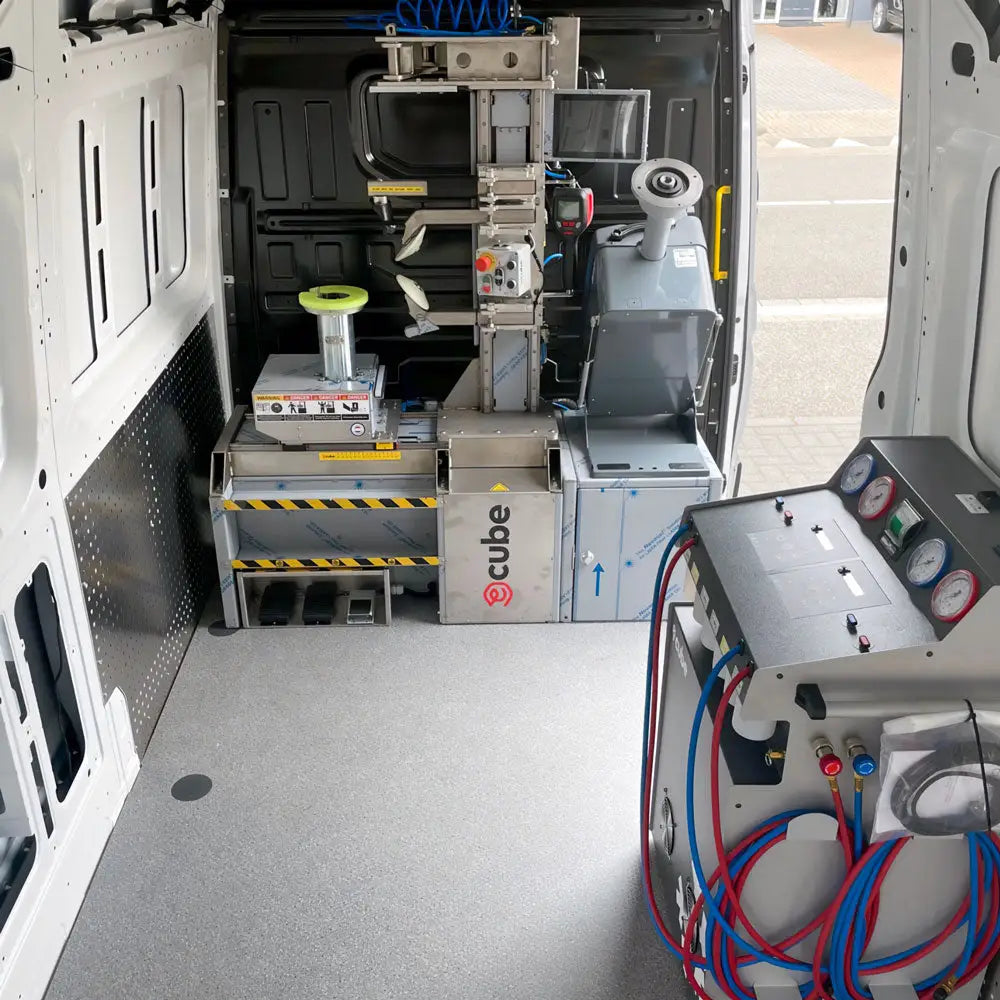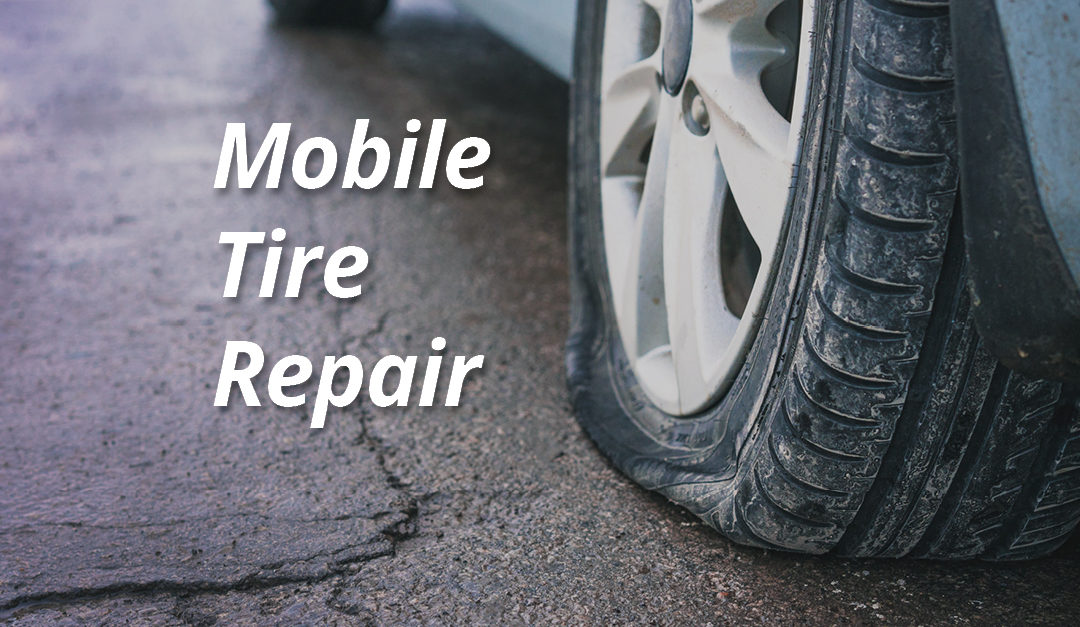Premium Mobile Tire Replacement Las Vegas - Top Quality Assured
Premium Mobile Tire Replacement Las Vegas - Top Quality Assured
Blog Article
Tire Solution: Proven Approaches for Optimal Tire Maintenance and Care
From guaranteeing appropriate tire stress to routine rotation and positioning, there are proven approaches that can substantially prolong the life-span of your tires and boost total driving experience. Allow's dig into the world of tire service and uncover the tricks to maintaining your tires in top-notch form for the long haul - Mobile Tire Service Las Vegas.
Relevance of Tire Pressure
Appropriate tire stress is an important consider making certain ideal car performance and safety on the roadway. Maintaining the advised tire pressure levels offered by the manufacturer provides various advantages. Ample tire pressure promotes much better gas performance, as under-inflated tires can lead to boosted rolling resistance, triggering the engine to work harder and take in more fuel. Correct tire stress guarantees even walk wear, improving tire durability and conserving cash in the long run by postponing the demand for early replacements. Additionally, properly inflated tires add to improved handling and stopping capabilities, critical for safe driving in numerous road conditions. Over-inflated tires, on the other hand, can cause decreased grip and a harsher ride. On the other hand, under-inflated tires are prone to overheating, which can lead to blowouts and accidents. On a regular basis changing and examining tire stress, specifically eventually trips, is a straightforward yet effective method to improve vehicle efficiency, prolong tire life expectancy, and focus on security when driving.
Tire Turning Standards
When taking into consideration tire turning standards, it is vital to understand the importance of this maintenance task in maximizing tire life expectancy and keeping optimal automobile performance. Tire turning includes altering the placement of each tire on a lorry to make certain even step wear. Front tires tend to use a lot more swiftly than rear tires because of steering forces, making routine rotation critical for balanced wear patterns. The recommended turning pattern varies depending on whether an automobile is front-wheel, rear-wheel, all-wheel, or four-wheel drive. Usually, tires must be rotated every 5,000 to 7,500 miles, or as encouraged in the lorry manual. Overlooking tire rotation can bring about irregular wear, affecting handling, traction, and potentially compromising car security. By sticking to correct rotation standards, chauffeurs can expand the life of their tires, boost fuel effectiveness, and boost total driving experience. Regular turning is a straightforward yet reliable maintenance method that adds dramatically to tire long life and lorry efficiency.

Benefits of Wheel Placement
Guaranteeing proper click this wheel alignment after tire turning is crucial for preserving balanced wear patterns and maximizing automobile efficiency. In addition, correct wheel placement assists to expand the life-span of your tires. Misaligned wheels can trigger unequal tire visit here wear, leading to early tire replacement and boosted upkeep prices.

Tire Tread Depth Inspect
Executing a routine assessment of tire walk depth is necessary for maintaining secure driving problems and extending the life-span of your tires. Unequal tread wear can show concerns with tire positioning, pressure, or suspension, highlighting the value of normal walk depth checks. By including tire step deepness checks into your regular upkeep schedule, you can drive with self-confidence knowing that your tires are in leading condition.
Seasonal Tire Examination
Seasonal tire assessment is a fundamental element of tire maintenance that ensures tires are all set to encounter the challenges posed by various published here climate conditions. In prep work for winter, it is important to examine the tire pressure regularly as cool temperatures can cause tire stress to go down. By carrying out routine seasonal tire inspections, motorists can lengthen tire life-span, boost fuel performance, and most notably, guarantee a safe driving experience in differing climate problems.
Conclusion
In conclusion, maintaining appropriate tire pressure, revolving tires routinely, straightening wheels appropriately, checking walk depth, and conducting seasonal examinations are crucial practices for ideal tire treatment. By complying with these shown methods, chauffeurs can ensure their tires last longer, execute much better, and contribute to total car safety and security. It is essential to focus on tire maintenance to stop accidents, enhance gas efficiency, and extend the life expectancy of tires.
Ample tire stress advertises much better gas efficiency, as under-inflated tires can lead to boosted rolling resistance, causing the engine to work tougher and consume even more fuel.When taking into consideration tire rotation guidelines, it is vital to recognize the value of this upkeep task in taking full advantage of tire life-span and preserving optimum automobile efficiency. Seasonal tire assessment is a fundamental facet of tire upkeep that ensures tires are all set to deal with the challenges posed by various climate conditions. By performing routine seasonal tire inspections, motorists can prolong tire life expectancy, boost gas efficiency, and most notably, guarantee a secure driving experience in varying weather problems.
In verdict, keeping proper tire pressure, revolving tires routinely, lining up wheels correctly, checking tread depth, and conducting seasonal examinations are necessary methods for ideal tire treatment.
Report this page